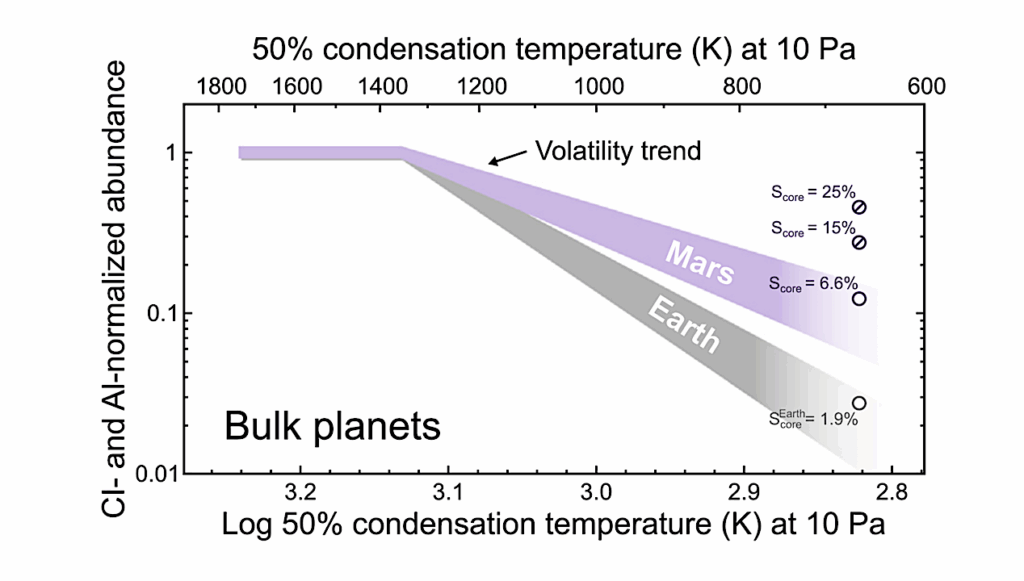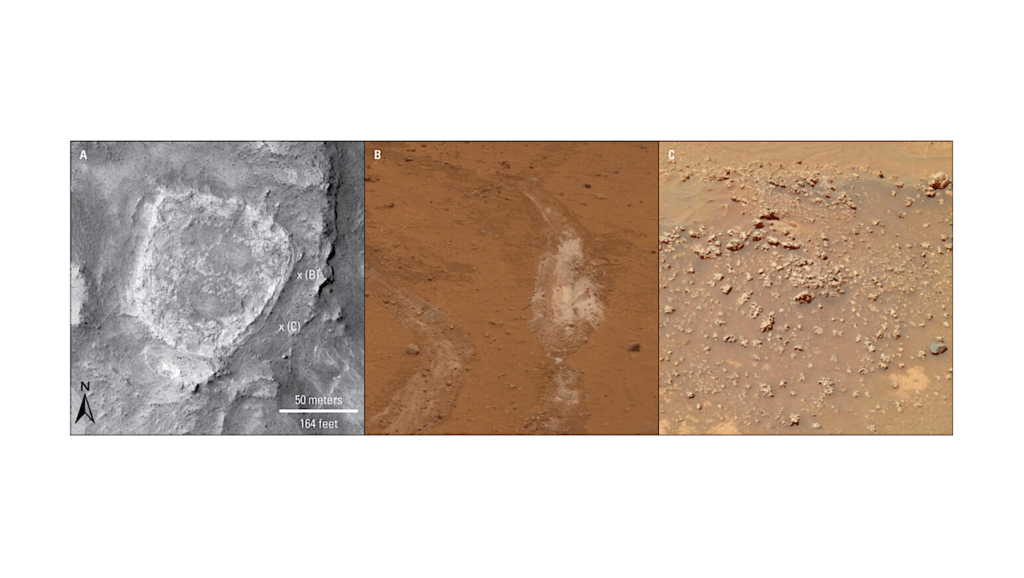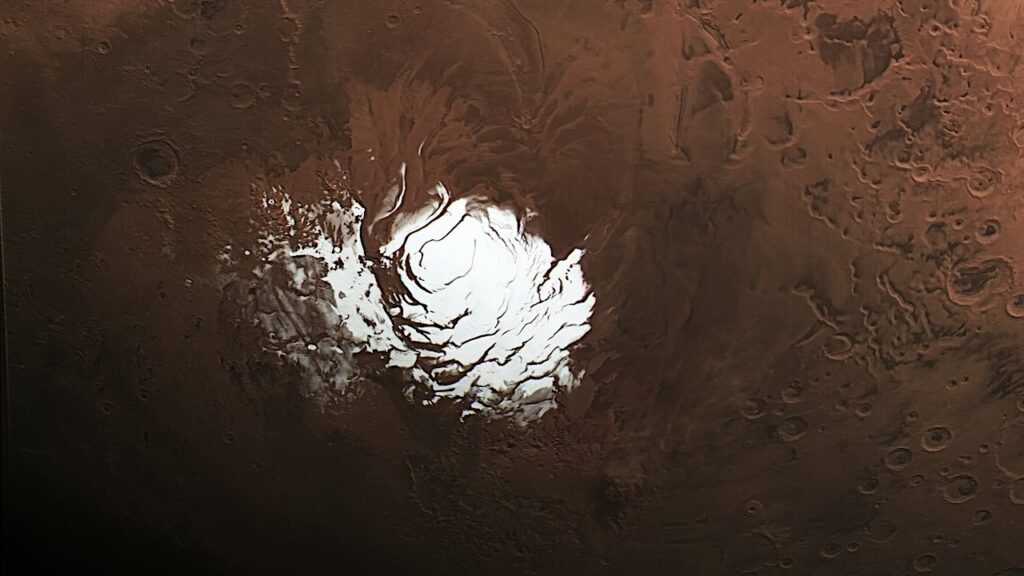Martian Cloud Climatology and Life Cycle Extracted From Mars Express OMEGA Spectral Images

A Martian water-ice cloud climatology has been extracted from OMEGA data covering 7 Martian years (MY 26-32).
We derived two products, the Reversed Ice Cloud Index (ICIR) and the Percentage of Cloudy Pixels (PCP), indicating the mean cloud thickness and nebulosity over a regular grid (1° longitude x 1° latitude x 1° Ls x 1 h Local Time) adapted for comparisons with data from high-resolution Martian Global Climate Models. The ICIR has been shown to be a proxy of the water-ice column.
The PCP confirms the existence and location of the main cloud structures mapped with the ICIR, but also gives a more accurate image of the cloud cover. We observed a denser cloud coverage over Hellas Planitia, the Lunae Planum region and over large volcanoes (Tharsis volcanoes, Olympus and Elysium Montes) in the aphelion belt. For the first time, thanks to the fact that Mars Express is not in Sun-synchronous orbit, we can explore the clouds diurnal cycle at a given season by combining seven years of observations.
However, because of the excentric orbit, the temporal coverage remains limited. To study the diurnal cloud life cycle, we averaged the data over larger regions: from specific topographic features (covering a few degrees in longitude and latitude) up to large climatic bands (covering all longitudes). We found that in the tropics (25°S-25°N) around northern summer solstice, the diurnal thermal tide modulates the abundance of clouds, which is reduced around noon (LT).
At northern midlatitudes (35°N-55°N), clouds corresponding to the edge of the north polar hood are observed mainly in the morning and around noon during northern winter (Ls=260-30°). Over Chryse Planitia, low lying morning fogs dissipate earlier and earlier in the afternoon during northern winter. Over Argyre, clouds are present over all daytime during two periods, around Ls = 30 and 160°.
André Szantai, Joachim Audouard, Francois Forget, Kevin S. Olsen, Brigitte Gondet, Ehouarn Millour, Jean-Baptiste Madeleine, Alizée Pottier, Yves Langevin, Jean-Pierre Bibring
(Submitted on 12 Apr 2019)
Comments: 39 pages, 18 figures, 2 tables. Article submitted to Icarus
Subjects: Earth and Planetary Astrophysics (astro-ph.EP); Atmospheric and Oceanic Physics (physics.ao-ph)
Cite as: arXiv:1904.06422 [astro-ph.EP] (or arXiv:1904.06422v1 [astro-ph.EP] for this version)
Submission history
From: Andre Szantai
[v1] Fri, 12 Apr 2019 21:25:13 UTC (6,973 KB)
https://arxiv.org/abs/1904.06422
Astrobiology








